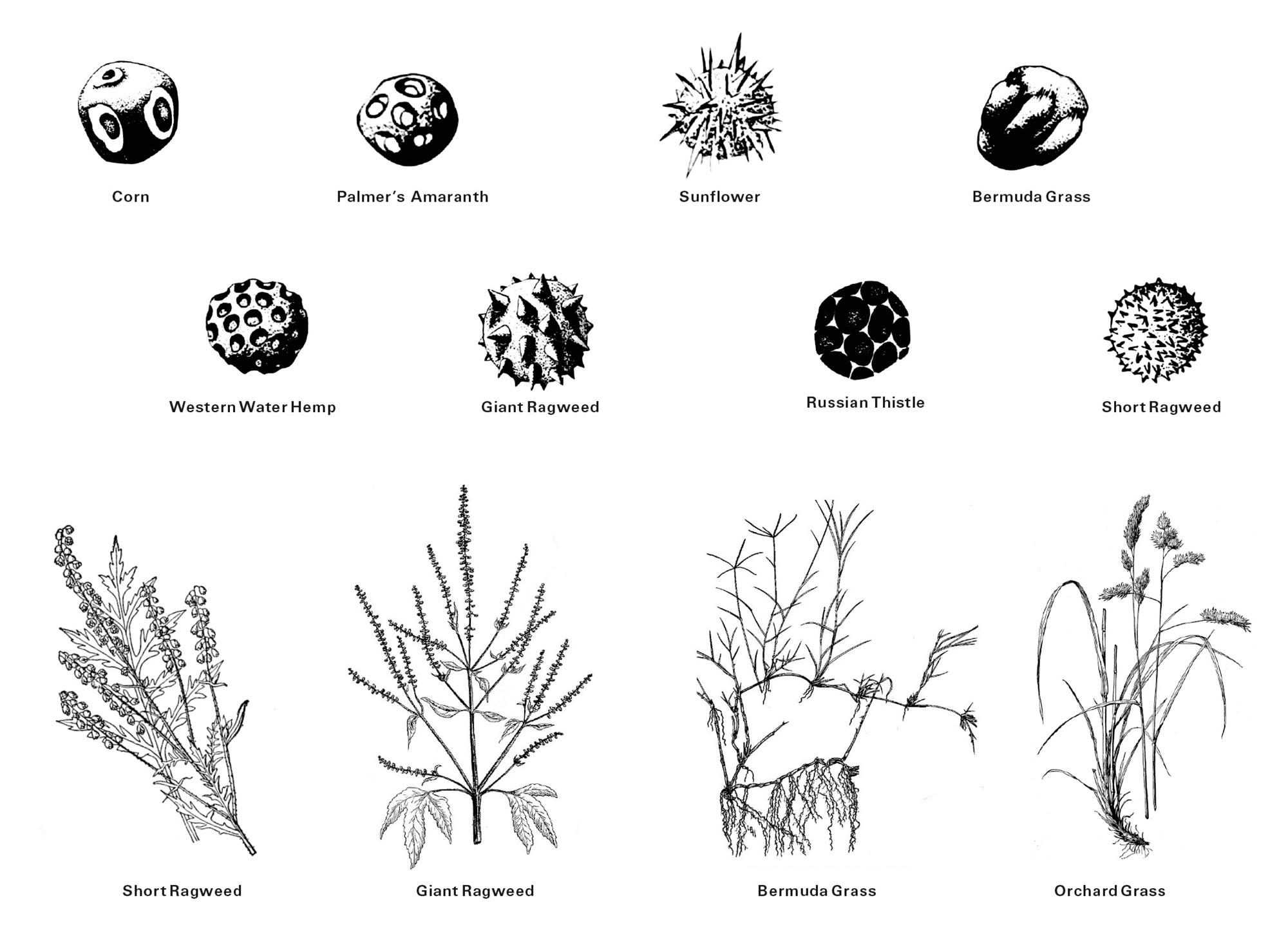Scratch and Sniff
Diagnosing the allergic reaction
Gary Leggett

A report on indoor air pollution published by the US Environmental Protection Agency (EPA) in 2005 states:
There is little known about the particle dynamics that could affect particulate matter exposure. For example, there is believed to be a “personal cloud” in which an individual’s exposure to particles is not influenced solely by ambient contaminant levels, but also by particles that become airborne due to one’s own physical activity.[1]
Charles Schulz’s Pig-Pen comes to mind as the perfect poster child for the EPA. Unabashed by his grime, he’s shunned by most characters in Peanuts due to the filth constantly orbiting his body—a cloud of dust and dirt that surges and triples his width every time he moves or takes a deep breath to sing. Only Charlie Brown, who traces Pig-Pen’s body crumbs to a farther, purer birthplace, defends him against his classmates’ complaints in true Orientalist fashion: “Don’t think of it as dust. Just think of it as maybe the soil of some great past civilization, maybe the soil of ancient Babylon. It staggers the imagination! He may be carrying the same soil that was trod upon by Solomon or even Nebuchadnezzar!”[2] But Pig-Pen never sneezes. He’s blithely immune to Solomon’s soil. He inhabits his filth and nothing outside him, no treatment or full-body scrub, can wean him from his cloud.